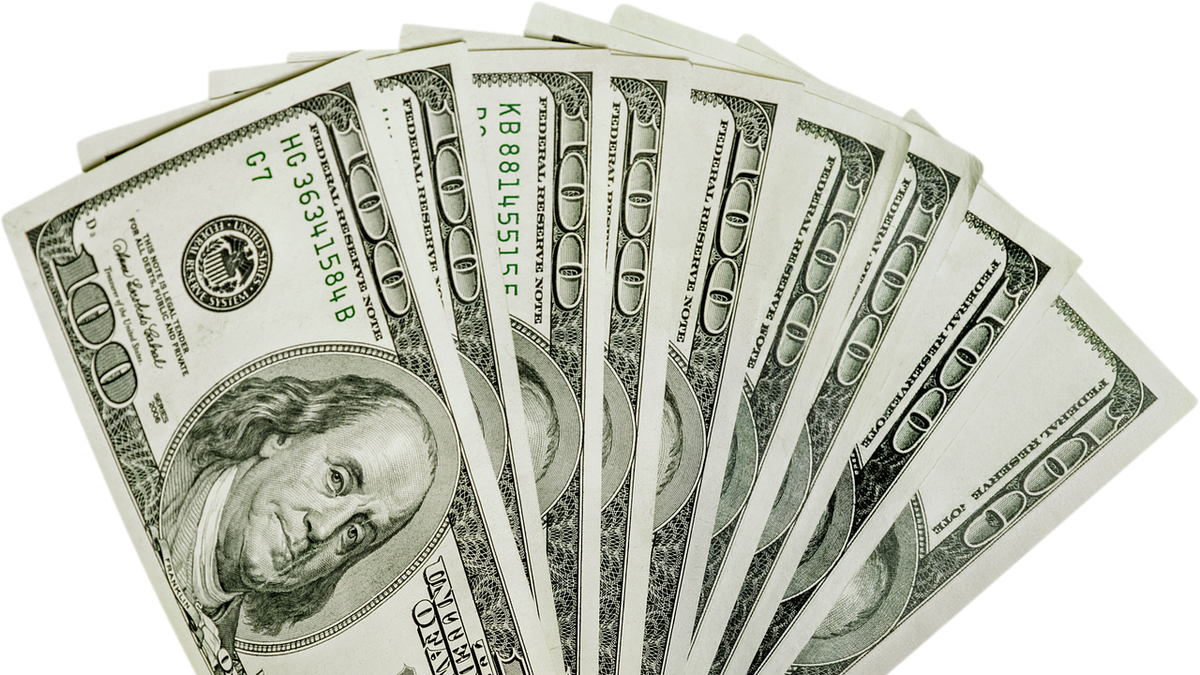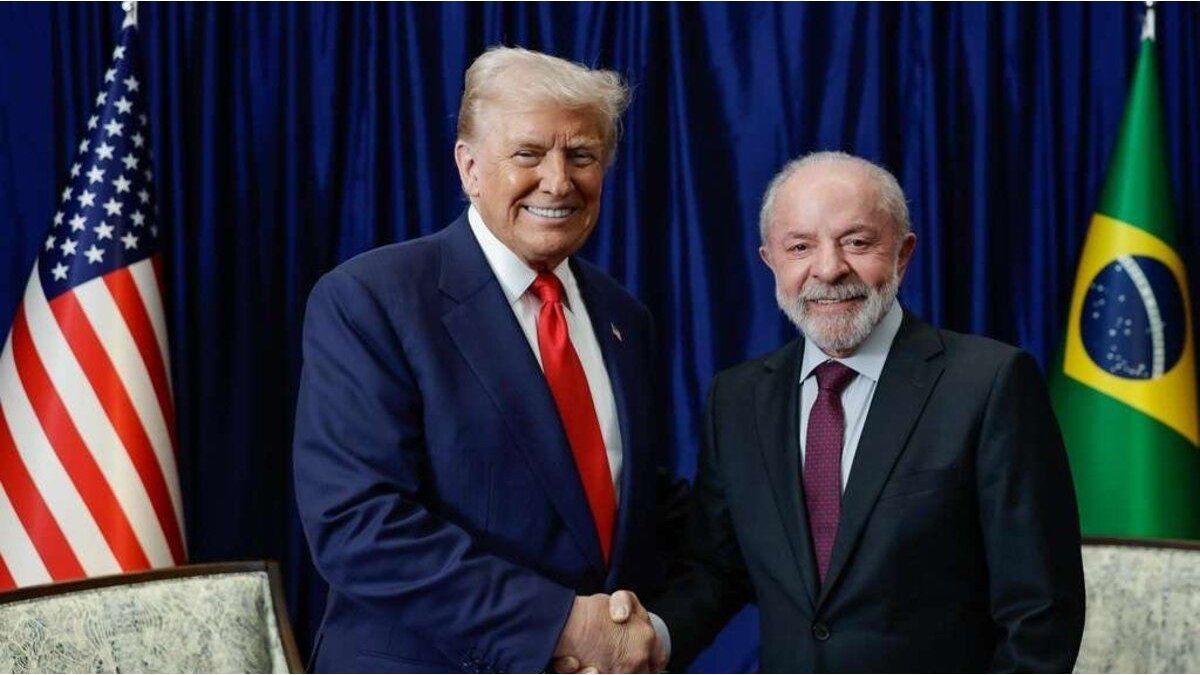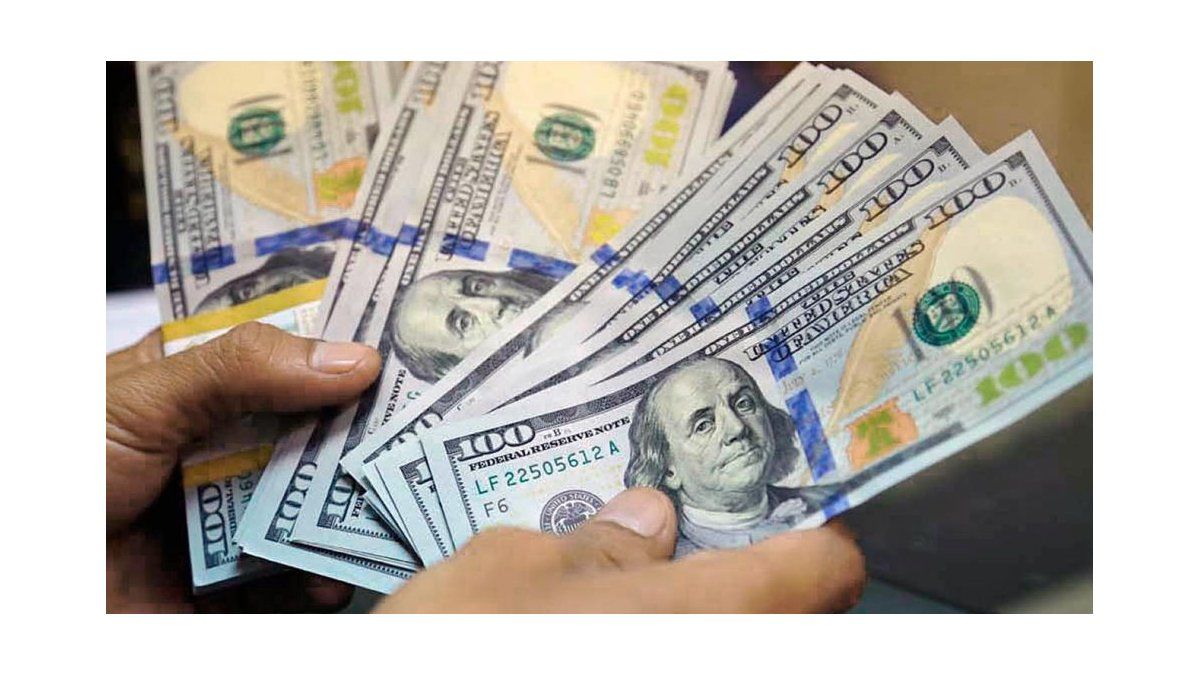Looking a little further, it is estimated that monthly inflation in December would be higher, standing at 7%. In this way, annual inflation would climb to 101.3%, effectively exceeding 3 digits. Although the government established in the National Budget for next year that inflation in 2023 would be 60%, from our point of view, perhaps a little more realistic, we believe that we will live with 3-digit annual inflation throughout the year. We will have to wait until 2024 to break that barrier.
Regarding the wholesale dollar, November ended trading at $167.30, meaning a monthly variation of 6.6%, compared to $156.90, quoted on the last business day of October, and 62.9% compared to $101.00 , price as of November 30 of last year. In both September and October, the wholesale dollar rose at an average rate of 6.4% per month, matching inflation during those months. November was no exception. For December we expect the same thing to happen. Having estimated monthly inflation of 7.0%, we believe that the wholesale dollar could increase between 6.5% and 7.0%. Considering the higher percentage of variation, we would end the year with a wholesale dollar of $179.00, which would mean an annual variation of 74.2%, almost 30 percentage points below inflation. If we were to expect the wholesale dollar to end the year showing an annual percentage change equal to inflation, we should experience a dollar of $206.80, which we don’t think will happen.
The government’s plan is to hold out as long as it can without having to make a devaluation jump. Anyway, we’re not sure it can make it to next year’s elections without a sharp devaluation. In the event that they are forced to do so, we do not rule out that it will occur during the first quarter of next year for two reasons. Firstly, because there are still several months to go before the elections and, secondly, because, between the World Cup, the Christmas bonus, the summer and the holidays, public attention will be elsewhere.
Alternative dollars were not far behind. After several months trading below $300.0, they hit new highs again. The MEP dollar ended November at $312.50, reaching peaks of $319.30, showing a monthly variation of 6.4% and an annual variation of 53.6%. For its part, the dollar with settlement ended the day at $322.75, reaching maximums of $334.80, varying monthly by 5.0% and annually by 49.1%.
Regarding the informal dollar, November ended at $315.0, depending on the place and the volume traded. In this case, the monthly variation was 7.1% and the annual variation was 47.9%. The maximum value of the blue dollar during November was $320.0.
For December we believe that the alternative dollars could maintain their current value until the middle of the month. Once the Christmas bonus has been collected and as liquidity in the market is greater, we do not rule out further increases. Of the three types of dollars mentioned above, the one furthest behind in its annual variation, with respect to the wholesale dollar and to inflation, is the blue dollar. If it were to mimic the annual variation of the wholesaler, the informal dollar should end the year at $371.00, while if it were equal to annual inflation, the price would rise to $428.80. In any case, although we see it rising, we do not believe it will reach those values, rather we see it reaching the $350.0 area.
Finally, after several twists and turns, the government decided to reapply the soybean dollar, a differential price for those who liquidate said raw material. On this occasion, it was established at the value of $230.0, experiencing an increase of 15.0%, similar to the inflation of the period, compared to its previous version of $200.0, implemented during the month of September. On that occasion, the government managed to raise approximately US$ 5,000 million. Expectations are lower for this second round, they hope to add U$S 3,000 million to the Central Bank’s reserves. With respect to this type of measure, we do not rule out that next year the government will once again apply as many soybean dollars as it sees fit, so we will surely see, at least, the soybean dollar III and soybean dollar IV.
Another measure that came to fruition, also after various conversations with businessmen, was the Fair Prices program, through which companies are asked not to increase the prices of a basket of products for the next 120 days, as well as They were asked for another group of products to increase a maximum of 4.0% per month until the month of March. With this program, the government seeks to anchor prices at a rate of 4.0%, trying to push monthly inflation down. In any case, this measure faces a series of increases that we will experience throughout the last month of the year (fuel, prepaid, private schools, domestic workers, transportation, etc.), which will push prices up, and strongly. upwards. For this reason, we see the national CPI changing at a higher rate in December than in previous months.
Lastly, Argentine bonds continued to rise during the last day of November and are already above the highs of last August and September. Regarding earnings, in the last month they were higher than 20.0%, becoming the most relevant increases since they began operating in 2020 after the debt swap. For its part, the Merval Index in pesos showed gains of 12.0% in November and of almost 100.0% in all of 2022, being its biggest annual advance since 2009. In dollars, shares also continue to rise.
Degree in Business Administration. Consultant Salvador Di Stefano
Source: Ambito
David William is a talented author who has made a name for himself in the world of writing. He is a professional author who writes on a wide range of topics, from general interest to opinion news. David is currently working as a writer at 24 hours worlds where he brings his unique perspective and in-depth research to his articles, making them both informative and engaging.




